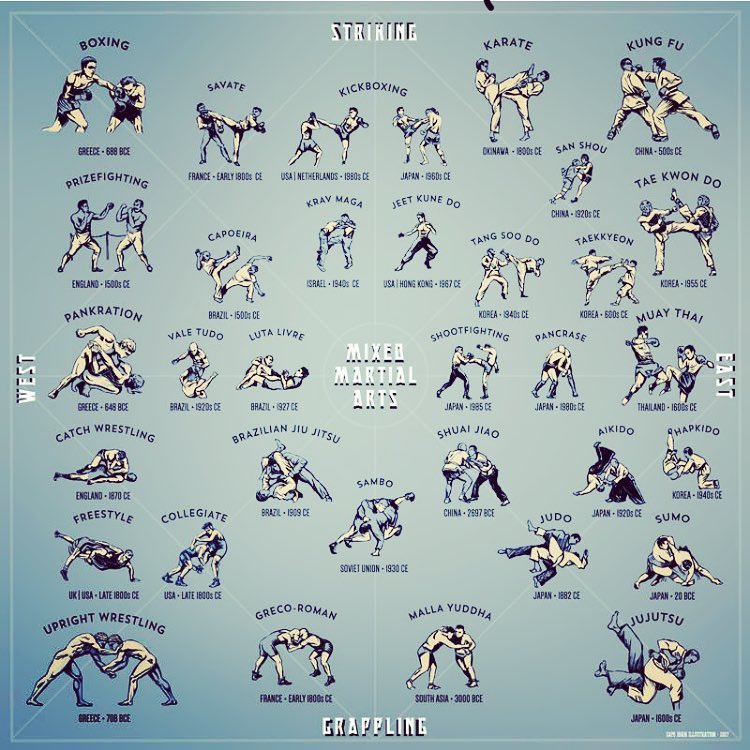The Worldwide History And Transformation Of Martial Arts
The Worldwide History And Transformation Of Martial Arts
Blog Article
Staff Writer-Hess Liu
Martial arts have a fascinating history that spans centuries and continents. You may discover it appealing just how old practices like Shuai Jiao and Kalaripayattu laid the groundwork for modern battle methods. These techniques not just emphasize physical skills but also mirror the cultures that birthed them. As read full article explore their evolution, take into consideration exactly how globalization has actually changed these traditional kinds right into crossbreed styles. What impacts do you assume have formed today's martial arts landscape?
Ancient Martial arts: The Structures of Battle
As you explore the world of ancient martial arts, you'll discover the rich structures that shaped combat strategies throughout societies. Early methods focused on Self-Defense and survival, usually incorporating strikes, hurting, and weapons.
In old China, for instance, methods like Shuai Jiao stressed throws and joint locks, while India's Kalaripayattu showcased agility and fluid activity. Japanese samurai developed Kenjutsu, a refined swordsmanship that highlighted self-control and technique.
These martial arts offered not just for fight yet additionally as a means of individual advancement, instilling values like regard and willpower. The blending of these strategies in time prepared for the diverse martial arts you see today, each reflecting the distinct approaches and requirements of its society.
The Social Impact on Martial Arts Development
While martial arts often reflect the functional demands of a culture, they likewise symbolize the social values and beliefs of their beginnings. When you explore different martial arts, you'll discover how they're affected by religious beliefs, viewpoint, and social norms.
For instance, the focus on respect and self-control in Japanese martial arts stems from Zen Buddhism and samurai culture. In contrast, Brazilian Jiu-Jitsu advertises versatility and approach, shaped by the demand for efficiency in a diverse, modern environment.
You might find that the rituals, attires, and training approaches reflect a community's history and identification. By comprehending these cultural impacts, you strengthen your appreciation of martial arts and their duty in shaping human experiences around the world.
Modern Adaptations and the Globalization of Martial arts
Martial arts have transformed substantially in current years, adapting to contemporary culture and global impacts. You'll discover that standard forms have combined with modern-day techniques, creating hybrid styles like MMA. These adaptations deal with varied target markets, making martial arts available and appealing globally.
With https://www.ancient-origins.net/videos/india-martial-art-0018569 of social networks and electronic systems, you can find tutorials and competitions from all edges of the globe, damaging geographical obstacles. This globalization has brought about a common recognition for various self-controls, from Brazilian Jiu-Jitsu to Taekwondo.
As you engage with these arts, you'll realize they're not just about combat; they advertise health and fitness, technique, and psychological health.
Inevitably, contemporary adaptations have actually enriched the martial arts landscape, making it a dynamic and evolving practice.
Conclusion
In checking out the history and evolution of martial arts, you reveal a fascinating mix of strategies, societies, and approaches. From ancient disciplines like Shuai Jiao and Kalaripayattu to the modern adaptability seen in MMA, martial arts reflect humankind's mission for Self-Defense and individual development. As you involve with these techniques, you not only acquire skills however additionally a deeper recognition for the varied practices that form our world today. So, proceed your trip and accept the art of combat!
